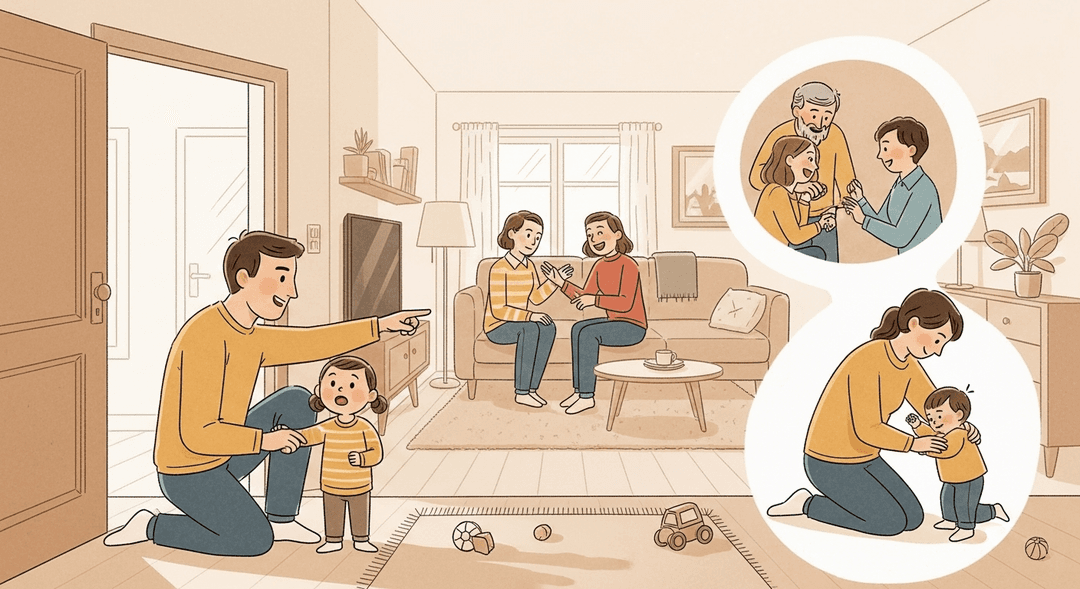Practice "Reading the Room"
Ever walk into a room and immediately sense you’ve crashed a party, a meeting, or—worse—a toddler meltdown in progress? Welcome to the magical art of ‘reading the room,’ where you and your kid both try to figure out if it’s time to joke, hug, or just quietly back out with snacks. If you’ve ever wanted to teach your child the difference between ‘let’s have fun’ and ‘let’s not poke the bear,’ you’re in the right place (and hey, maybe you’ll finally learn why Aunt Linda always glares at the cheese plate).
Kids who can read social cues are less likely to blurt out ‘Why does Grandma smell funny?’ during family dinner. More importantly, tuning into group emotions builds empathy, emotional regulation, and social confidence. On the neural side, it strengthens those prefrontal cortex muscles that help with impulse control, perspective-taking, and not turning every gathering into a one-kid comedy show.
How to do it
-
Narrate your own detective work. For example, say: “Hmm, people are talking quietly—maybe we should use our indoor voices too.” This models observation and thoughtful behavior for your child.
-
Ask your child simple questions, such as: “How do you think everyone’s feeling right now?” This encourages empathy and helps them tune in to social cues.
-
Practice at home with stuffed animals or action figures. Add some dramatic flair to make it fun and engaging. Role-playing different scenarios can help your child understand and rehearse social skills.
-
After social events, take time to debrief. Ask questions like: “Did you notice when everyone started getting tired?” Reflecting together helps reinforce what they observed and learned.
-
Celebrate the small wins. For instance, if your child whispers instead of shouting during a tense family game of Monopoly, acknowledge their effort. Positive reinforcement builds confidence and encourages continued progress.
Key Tips:
- Model the behavior you want to see.
- Use open-ended questions to spark conversation.
- Make practice playful and low-pressure.
- Reflect together after social situations.
- Recognize and praise small successes.
